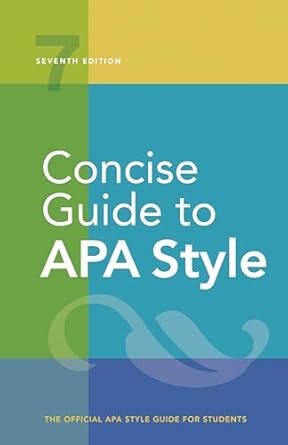[toc]
formatting length academic paper guidelines
Concise Guide to APA Style: 7th Edition (OFFICIAL)
Page 45 Review
Understanding Paragraph Formatting and Paper Length in Academic Writing
This excerpt delves into the specifics of paragraph formatting and paper length requirements, crucial aspects of academic writing.
Let’s dissect the guidelines provided.
Paragraph Indentation: The Standard and the Exceptions
The core instruction emphasizes using a word-processing program, ideally with default settings, to manage indentation. “The default settings in most word-processing programs are acceptable.
The remaining lines of the paragraph should be left-aligned.” This sets a baseline understanding that simplifies the process for many writers.
However, the passage immediately introduces exceptions to this standard.
The exceptions are numerous and varied, highlighting the nuanced nature of academic formatting.
For example, “On the title page, the title (in bold), byline, affiliations, course number and name, instructor, and assignment date should be centered.” This clearly outlines elements that deviate from the standard left-aligned paragraph.
Similarly, “At the top of the first page of text, the title (in bold) should be centered.” This ensures visual consistency and adheres to conventional academic presentation.
Further exceptions apply to section labels like “Abstract” and “References,” which “should be centered (and in bold).” Block quotations also demand specific attention: “The entirety of a block quotation should be indented from the left margin 0.5 in.
If the block quotation spans more than one paragraph, the first line of the second and any subsequent paragraphs of the block quotation should be indented another 0.5 in. so that those first lines are indented a total of 1 in.” This level of detail demonstrates the rigorous expectations often associated with academic writing, particularly regarding the proper attribution and presentation of external sources.
Headings, tables, figures, and reference lists each have their distinct formatting rules.
Level 1 headings “should be centered (and in bold), and Level 2 and 3 headings should be left-aligned (and in bold or bold italic, respectively).” Table and figure elements, including numbers, titles, and notes, “should be flush left.” Reference list entries “should have a hanging indent of 0.5 in.” These specific guidelines contribute to the overall clarity and professionalism of the paper.
Managing Paper Length: Strategies for Conciseness
The excerpt then transitions to addressing the crucial issue of paper length: “The length for student papers is specified by the assignment guidelines.” This immediately underscores the importance of adhering to the stated requirements.
When a paper exceeds the specified length, several strategies are suggested.
One approach is to improve the clarity and directness of the writing: “try shortening it by stating points clearly and directly, confining discussion to the specific problem under investigation, deleting or combining data displays, eliminating repetition across sections, and writing in the active voice.” Each of these techniques aims to streamline the content and eliminate unnecessary verbiage.
Focusing on the specific problem under investigation ensures that the discussion remains relevant and avoids tangential explorations.
The advice to eliminate repetition across sections is particularly valuable.
Often, writers inadvertently reiterate points in different parts of the paper.
Identifying and removing these repetitions can significantly reduce the overall length.
Similarly, writing in the active voice often leads to more concise and impactful sentences. “For guidance on improving sentence and paragraph length, see Section 2.6.”
What if Conciseness Isn’t Enough?
The passage acknowledges that even with these strategies, a paper might still exceed the specified length.
In such cases, further measures may be necessary: “If your paper is still too long, you may need to focus on a narrower topic or, if the instructor allows, divide the paper into two or more papers, each with a specific focus.” Narrowing the topic allows for a more in-depth exploration of a specific aspect, rather than a broad overview.
Dividing the paper into multiple parts, with the instructor’s approval, offers another way to manage the volume of content.
The text ends with “LVINYOS”
In conclusion, this excerpt provides valuable guidance on paragraph formatting and paper length, highlighting the importance of both adhering to standard conventions and employing strategies for conciseness in academic writing.
Buy full ebook for only $18: https://www.lulu.com/shop/american-psychological-association/concise-guide-to-apa-style-7th-edition-official/ebook/product-rmzpq54.html?page=1&pageSize=4

